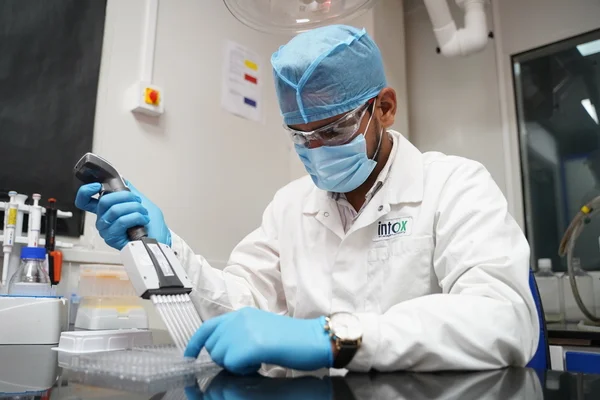Comprehensive Solutions for Biopesticide Classification and Safety Assessment

Biopesticides are certain types of pesticides derived from such natural materials as animals, plants, bacteria, and certain minerals.
Biopesticides fall into three major classifications:
- Biochemical
- Microbial and
- Plant-incorporated protectants (PIPs).
Whereas an antimicrobial pesticide is intended to disinfect, sanitize, reduce, or mitigate growth or development of microbiological organisms or protect inanimate objects, industrial processes or systems, surfaces, water, or other chemical substances from contamination, fouling, or deterioration caused by bacteria, viruses, fungi, protozoa, algae, or slime. Wood preservatives and antifoulants are classified as antimicrobial pesticides if the products have antimicrobial claims. Other wood preservative, anti-foulant, agricultural fungicide, and aquatic herbicide products are either classified as conventionals or biopesticides.
Product chemistry
Toxicology studies
In general, test requirements depend on following use pattern of these antimicrobial i.e.
- Food uses, e.g. direct food uses, indirect food uses (>200 ppb), indirect food uses (≤200 ppb)
- Non-food uses: e.g. swimming pools, aquatic areas, wood preservatives, metal working fluids
- All other non-food uses
Ecotoxicology studies
In general, test requirements depend on following use pattern of these antimicrobial i.e.
- Industrial processes and water systems
- Anti-foulant coatings and paints
- Wood preservatives
- Aquatic areas
- All other use patterns
Environmental fate
In general, test requirements depend on following use pattern of these antimicrobial i.e.
- Agricultural premises and equipment
- Food-handling/storage establishments, premises, and equipment
- Commercial, institutional and industrial premises and equipment
- Residential and public access premises
- Medical premises and equipment
- Human drinking water systems
- Materials preservatives
- Swimming pools
Residue chemistry
Residue chemistry data are not required if no adverse effects (no toxicity endpoints) are associated with dietary exposure to the active ingredient or if theoretical (high-end) dietary exposure estimates combined with the applicable toxicity endpoint result in acute and chronic dietary risks that are below the levels of concern.
- Agricultural premise
- Indirect/ direct food
- Aquatic
